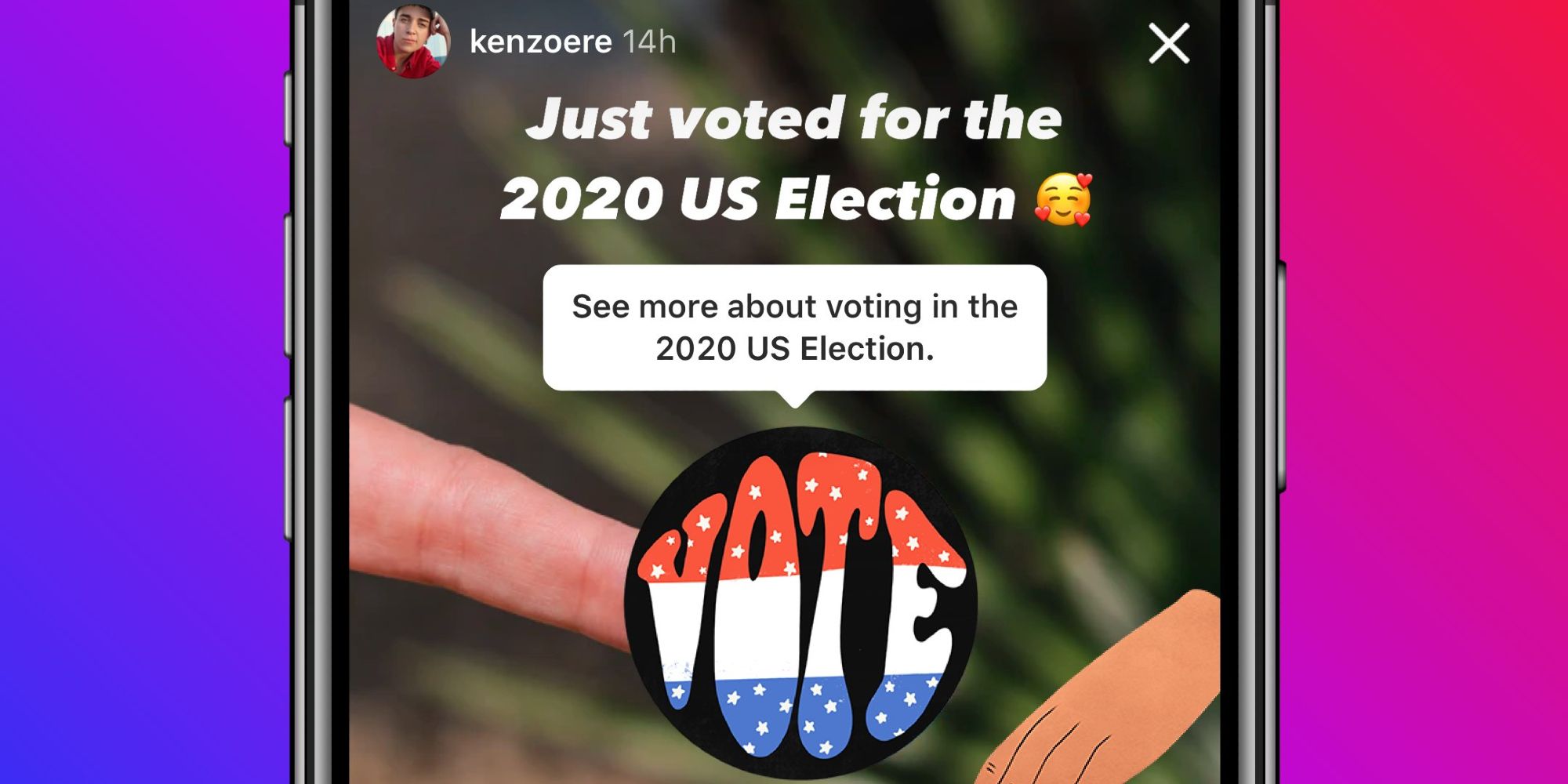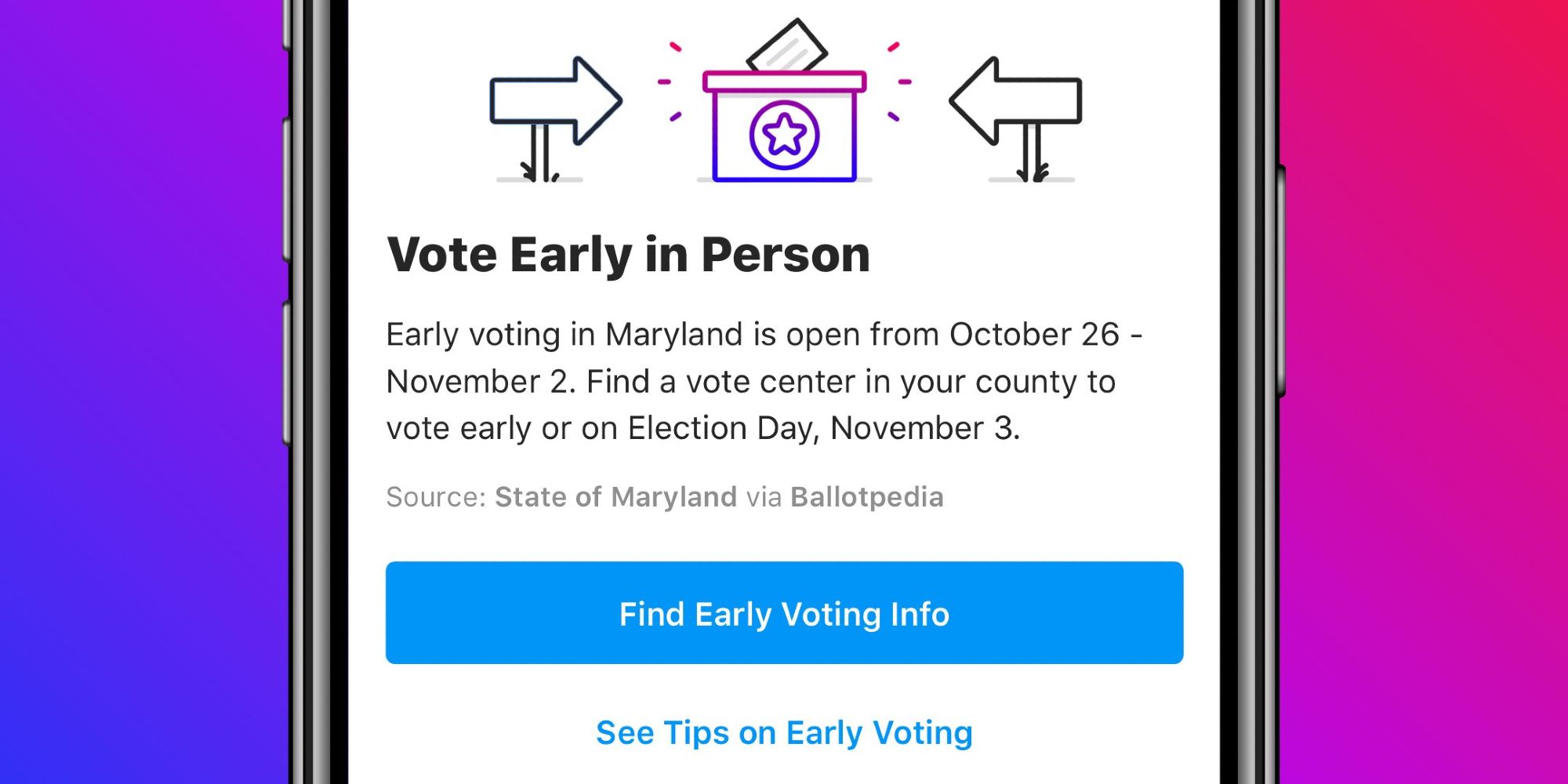In the run-up to the US presidential election, Instagram has made a number of changes to its platform with the aim of reducing the spread of misinformation. The 2020 election is unlike any other, taking place as it is during a pandemic that has shaped the political discourse around it and forced changes to vote-casting processes. Within this climate, social media companies are having to tackle misinformation on their platforms, not only from domestic supporters of the different parties but also from foreign groups that are attempting to manipulate the election result.
Social media platforms, by definition, facilitate the sharing of information, so it isn't a great stretch to imagine how they can be weaponized to try and sway opinion on mass. The 2016 US presidential election and UK Brexit referendum are among the highest-profile votes to have been targeted with misinformation campaigns on social media, with Russian interference in both now well documented. But social media has also been used to spread misinformation about COVID-19 and the US west coast fires.
For social media companies, tackling misinformation is not just a noble cause that must be fought at all costs — indeed, it arguably works against their business models and many would argue Facebook's apparent reticence to clamp down at times reflects this — it's also a matter of brand reputation and trust. Keeping users, advertisers, and politicians on-side is crucial to maximizing revenues. So, in addition to the coordinated efforts of tech companies to tackle misinformation in the run-up to the election, social media firms have each adopted their own approaches. Twitter, for example, has started labeling tweets that might be misleading, while Facebook is not accepting political ads submitted in the week before election day, among other measures.
How Is Instagram Tackling Misinformation?
Instagram, which is owned by Facebook, had already been subject to measures across both platforms to ban content aimed at intimidating voters and to fight voter interference. In addition, it has now also announced that the 'Recent' tab would be removed from its hashtag pages. The aim of this is to reduce the real-time spread of false information and harmful content in the run-up to polling day.
Instagram says the move reflects its commitment to reducing the spread of misinformation and ensuring people receive accurate information on which to base their votes. It suggests the measure may not be carried out across all hashtag pages, but only for hashtags that people are using to spread misinformation or post content that goes against its community guidelines. The 'Recent' tab is expected to be reinstated following the election.


